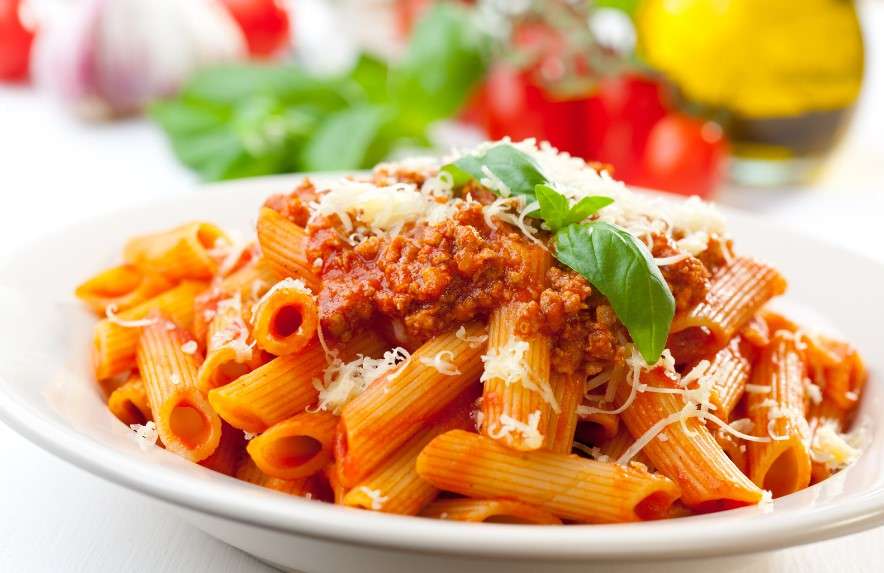How To Pronounce Bolognese in Italian
What’s the Pronunciation of the Word Bolognese?
The phonetic transcription of the word “bolognese” in English is: “bah-luh-NYEHZ”. The stress is on the second syllable, and the final “e” is pronounced as a long “e” sound.
Click the audio player below to listen to the “Bolognese” Italian pronunciation.
English speakers may find it challenging to pronounce “bolognese” correctly because the word contains several sounds that are not common in English pronunciation, such as the soft “g” and the rolled “r.”
Additionally, the stress in the word falls on the second syllable, which may feel unnatural to English speakers who are used to placing stress on the first syllable of many words.
The Meaning of the Italian Word Bolognese
The word “bolognese” can refer to a few different things, depending on the context in which it is used.
1. A person born or resident of Bologna, Italy

A person born or resident of Bologna, an Italian municipality in the Emilia-Romagna region. The adjective “Bolognese” can also describe something characteristic of or originating from Bologna or Emilia-Romagna. For example:
- “Luisa è Bolognese.” – “Luisa is from Bologna.”
- “Questo vino è comunemente bolognese.” – “This wine is commonly from Bologna.”
2. Bolognese Sauce (Ragù Sauce)

The traditional Bolognese sauce, also known as ragù alla bolognese, is a meat-based sauce that typically includes onion, celery, carrot, ground beef or ground meat, pancetta, tomato paste, red wine, and broth. The sauce is then simmered for several hours to achieve its characteristic flavor and texture.
In Italy, this sauce is generally called Ragù or Ragù alla Bolognese but never as Bolognese or Bolognese Sauce individually. Therefore, when requesting this sauce in Italy, one should ask for Pasta al Ragù instead of Bolognese.
Bolognese sauce (again, Ragù sauce in Italy) is often served with pasta, such as spaghetti, tagliatelle, fettuccine, rigatoni, or penne. If you want the authentic recipe of Ragù alla Bolognese, click here.
Speaking of spaghetti, numerous non-Italians are taken aback when they discover that Spaghetti Bolognese is not an authentic Italian delicacy.
Suggested Read: 100 Most Interesting Italian Food Facts You’ll Love
The dish’s precise inception is uncertain, but it is thought to have emerged in the early 20th century in the United States after the mass migration of southern Italians. In the American version of Spaghetti alla Bolognese, tomato sauce or tomato puree might be used instead of tomato paste.
Click the audio player below to listen to the “Ragù alla Bolognese” pronunciation.
3. Bolognese Dog Breed

The Bolognese is a small, fluffy dog with a long, white coat. It is an Italian dog breed known for its gentle and affectionate personality.
4. Bolognese Language
Bolognese is a variety of the Emiliano-Romagnolo dialect spoken in the region of Emilia-Romagna in Italy, focusing on the city of Bologna. It is a Romance language closely related to Italian.
Further Reading:







